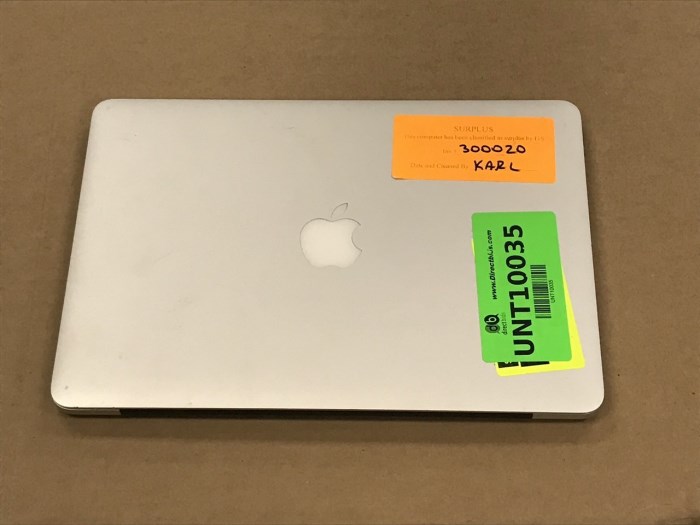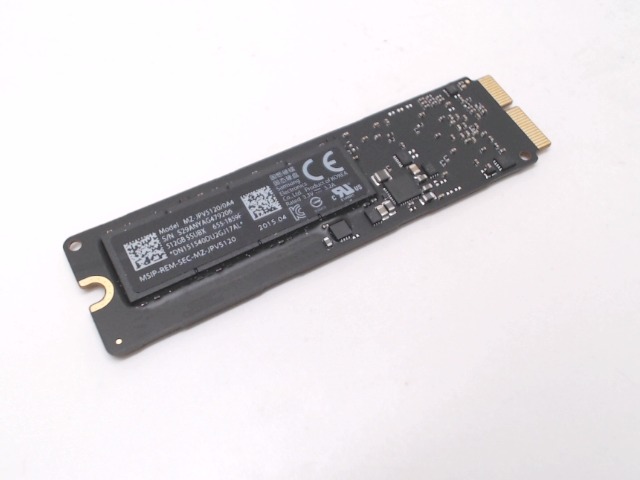


"If they both cost the same, then why use SATA?" Handy said in an email reply to Computerworld. It's not a surprise, Handy said, that Apple settled on PCIe, as the price for the controllers are already approaching those of SATA controllers. The best consumer SATA III SSDs today become saturated at about 500MBps, according to Jim Handy, an analyst with Objective Analysis. "They were the first PC company to broadly adopt it across its laptop portfolio while other companies today are still just using it in a very limited portion of their PC lineup."īy adopting the PCIe/NVMe standard, Apple has been able to deliver higher performance in terms of read/write speeds and latency when compared to traditional SATA-based PC designs, "thus, making the new MacBook Pro more responsive and faster," Janukowicz said. "With regard to PCIe, Apple has been a pioneer when it comes to PCIe/NVMe storage," said Jeff Janukowicz, research vice president at IDC.

In addition, the newest PCIe SSDs use the NVM Express (NVMe) or Non-Volatile Memory Host Controller Interface Specification, which is a logical device interface for accessing flash storage via the PCIe bus. PCIe, which stands for Peripheral Component Interconnect Express, uses a switch architecture that has multiple end points to allow the sharing of one end point with multiple end devices. Serial ATA, the most common interface for consumer NAND flash products, communicates through a high-speed serial cable over two pairs of conductors. (Upgrades are available for a faster Core i7 and a Radeon Pro 460.)īoth new MacBook Pro models offer SSD capacities that include 256GB, 512GB, 1TB or 2TB.Īpple has led the industry in using PCIe SSDs in its laptops, a move some tech pundits say may have sparked an industry-wide trend to adopt the technology more quickly. The new MacBook comes with either a 2.6GHz or 2.7GHz quad-core Intel Core i7, 8MB of shared 元 cache, and a Radeon Pro 450 or 455 with 2GB of GDDR5 memory and automatic graphics switching. Benchmark tests using BlackMagic software revealed the new 15-in MacBook Pro pinned the needle on the read speeds at 2.2Gbps, while the write performance remains the same as the 2015 13-in MacBook Pro at 1.4Gbps. MacBook Pro's specs claim it has sequential read/write speeds of 3.1Gbps and 2.1Gbps per second, respectively. The new MacBook Pro's specs smoke its predecessor.


 0 kommentar(er)
0 kommentar(er)
